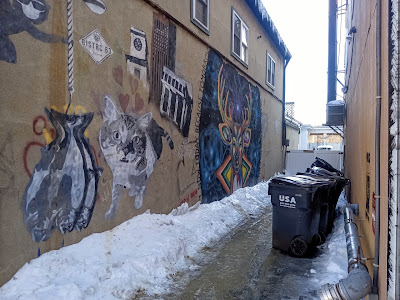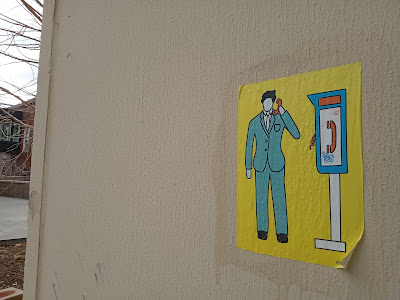First rays of the rising sun in Tunic's Coffee this morning.
First rays of the rising moon over Northampton by Scott Coen.
However, let me draw your attention to the small structure on a nearby rooftop visible in the left hand corner.
Looks like a nice place for a outdoor barbecue, don't it? The fact is there are all kinds of structures on roofs throughout the downtown area that are sometimes scenes for bigtime parties. I've attended a number of them over the years, including one by First Church complete with saunas that defied every law of God or man. I don't go to those kind of parties anymore, but Coen's moonshot reminded me of a scene that I am sure still exists. What always amused me about those events is how the people in traffic and passersby below had no idea of the madness going on over their heads. Such is the secret nightlife of downtown Hamp.
Speaking of photographers, Florence lensman Bill Arnold has decided to use a pair of time lapse photos to decorate the otherwise dreary space once occupied by Pizza Factory.
It is two pictures taken from the same spot on the Connecticut River near the Hadley Common at different seasons.
I don't know if they were for sale, but they would look nice on opposite walls in a large living room.
Valerie Crow captured this bit of foolishness going on downtown this week. Waving big American flags seems like a new touch. Did the latest Democrat Party talking point about how to "relate" to normal people suggest doing that?
Of course the bigot brigade was out.
Here's something naturally blood red to look forward to.
This might be a good place to go see it.
Experimental jazzman Roy Ayers died this week. I saw him back in the days when UMass used to have REAL Spring Concerts. I have only foggy memories of the event, but everybody said I had a good time.



















































